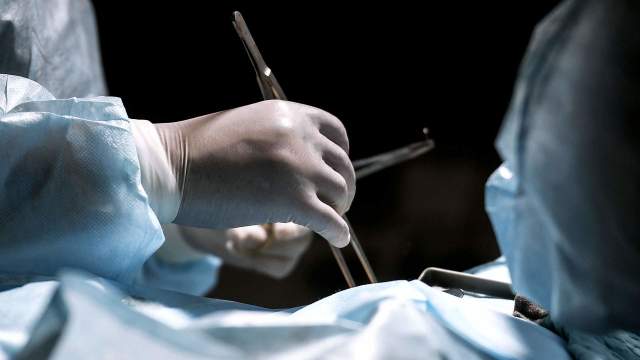He will provide urgent assistance to the wounded, their recovery and evacuation
Medical trains are starting to operate in the zone of a special military operation. In September, the Russian Defense Ministry sent the first such composition to the combat area, sources told Izvestia in the military department. In fact, this is a mobile intensive care unit that can be deployed near the most active areas of the line of contact. In addition to operating and intensive care wards, the train is equipped with the latest communication systems and equipment for the deployment of helicopter pads. According to experts, the departure of the train may indirectly indicate the imminent intensification of hostilities on the Russian side.
Ready to receive the wounded
The first military-sanitary train headed to the SVO zone and began performing its tasks at the end of September this year, sources in the military department told Izvestia. It includes an emergency room, mobile wards, operating rooms and intensive care units. The train has the ability to deploy helicopter pads. It is also equipped with a modern communication hub.
Until recently, medical trains performed only the tasks of evacuating the wounded from Rostov-on-Don to rear hospitals.
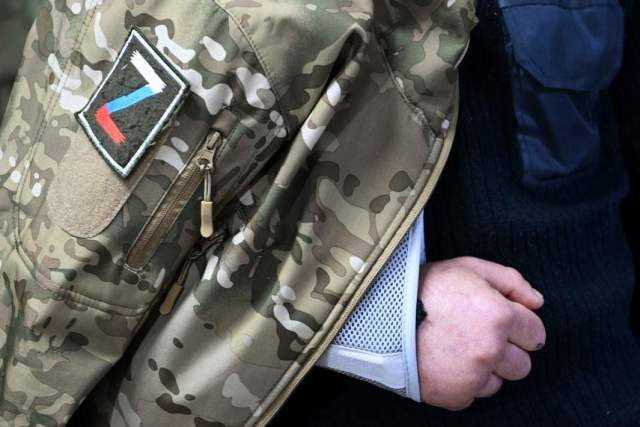
Photo: RIA Novosti/Alexey Maishev
Image source: iz.ru
In July of this year, the head of the Department of Transport Support of the Ministry of Defense, Alexander Yaroshevich, said that using the experience of the Great Patriotic War, the work of military-sanitary trains was resumed, armored trains and transports were escorted, methods of accelerated delivery of wagons with weapons, ammunition and fuel were expanded.
— This suggests that the intensification of hostilities is expected, — Colonel Alexander Perendzhiev, associate professor of Plekhanov Russian University of Economics, told Izvestia. — The main question is whether these actions are offensive. Because it is in the offensive that the army suffers more losses, which means it is necessary to deploy medical facilities and other support units. Apparently, we are preparing for offensive actions, especially since the attacking potential of the APU is weakening. There is no point in giving them enough time to prepare. And we have accumulated considerable experience in using medical trains — both in the Great Patriotic War, in Afghanistan, and in the counter-terrorist operation in the North Caucasus.
Railway experience
Specialized railway trains to assist the wounded have a long history. Russian russians appeared for the first time in the 70s of the XIX century and took part in the Russian-Turkish, Russian-Japanese and World War I wars. The most widespread were during the Great Patriotic War. Already on June 24, 1941, an order was issued by the People's Commissariat of Railways to form 288 military-sanitary trains as soon as possible. In 1942, there were already about 700 of them. During the war, they took out about 5 million wounded and sick.
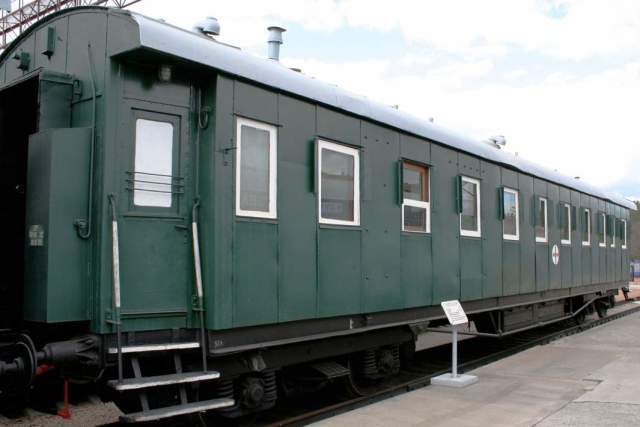
Operating car from the ambulance train, built in 1937
Image Source: Photo: commons.wikimedia.org
The Ministry of Defense has different types of military trains at its disposal. In addition to medical, a special armored train is actively used. It is intended for technical reconnaissance, mine clearance, as well as restoration of the railway track. Another task is to ensure the safety of echelons with various cargoes, personnel and equipment.
In August of this year, the military department published footage of the combat operation of a special Volga train of the railway troops of the Western Military District in the special operation zone. It houses several units: a mine-demolition platoon, which is engaged in engineering reconnaissance, a recovery platoon, which restores destroyed sections of the railway track, as well as a rifle platoon, which provides fire cover.
The Volga is armed with twin 23-millimeter anti-aircraft guns capable of firing at both air and ground targets. This special train always goes ahead of the military echelons, covering them on the most difficult sections of the line of contact.
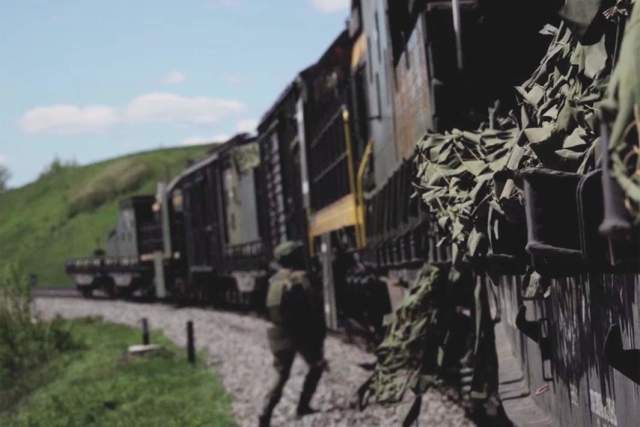
Russian armored train "Volga" of the railway troops of the Western Military District in the special operation zone
Image source: Photo: Ministry of Defense of the Russian Federation
In addition, the Armed Forces have a one-of-a-kind special logistics train (MTO). It is designed to replenish food and clothing supplies. It is equipped with a laundry room that does laundry, drying, ironing, repair of bed and underwear. There is also a bath for washing military personnel, and if necessary, their disinfection. An auxiliary control station is located on the train, provided with all types of communication: radio, telephone, telegraph, satellite and video conferencing.
Strengthening medicine
In recent years, the Ministry of Defense has been actively developing the field of military medicine. Special purpose medical detachments (MOS) have appeared in each military district. These are independent administrative units that have in their household everything necessary for autonomous operation: field kitchens, baths, tents for living, self-dressing and much more.
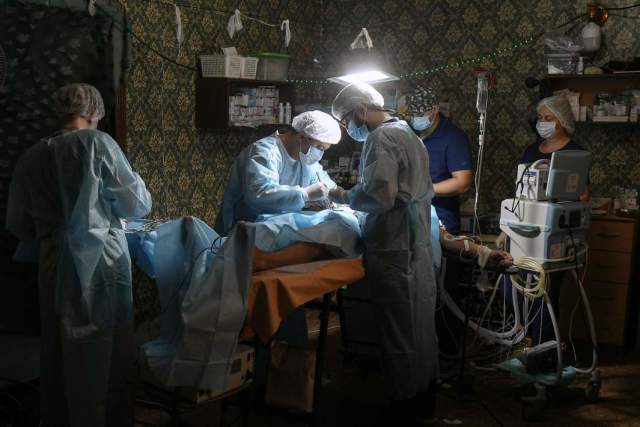
Doctors of the special purpose medical detachment of the Airborne Forces (MOSN) operate on a wounded serviceman
Image source: Photo: RIA Novosti/Konstantin Mikhalchevsky
The number of each MOSN is about two hundred military personnel. Their tasks include first aid, temporary hospitalization and preparation of the wounded or injured for evacuation to inpatient medical facilities. In the foci of infection, military doctors filter those who have arrived, identifying carriers of infectious diseases, and take the necessary measures to stop the spread of pathogens.
In the military field hospitals that doctors deploy, there are surgical, therapeutic, laboratory diagnostic, trauma departments, intensive care, specialists in the treatment of burns and infectious diseases. In addition, the squad includes psychiatric and neurological doctors who work with victims and their loved ones.
Roman Kretsul
Alexey Ramm
